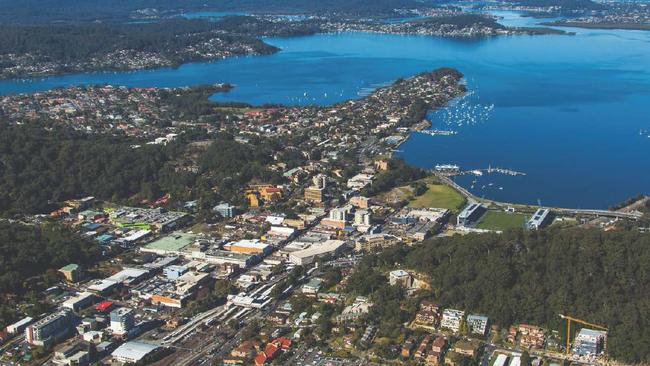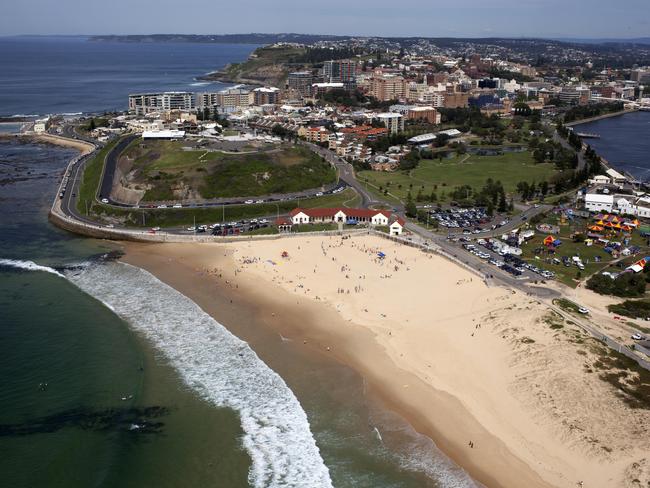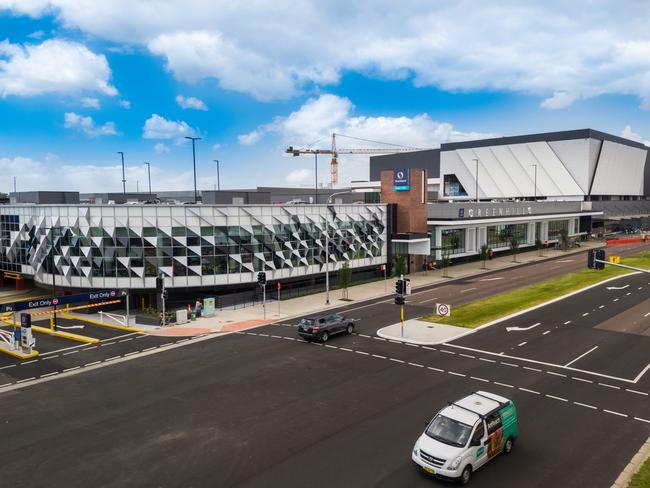Central Coast and Hunter land values released
The NSW Valuer General’s latest report has been released with the biggest value decline recorded on residential land. But the news wasn’t all bad - with some types of land on the rise.

Central Coast
Don't miss out on the headlines from Central Coast. Followed categories will be added to My News.
- Southern Spirit women’s cricket side fined for wearing Hawaiian shirts during fundraising game
- RAAF mechanic Michael O’Brien, 48, refused bail over claims he tried to procure sex with girl, 13
Land values across the Central Coast, Lake Macquarie, Newcastle and Port Stephens have dropped by almost five per cent.
The Acting NSW Valuer General Paul Chudleigh has published land values for the Hunter Coast region, which reveals land values fell 4.8 per cent between July 2018 to July 2019 dropping from $127.9 billion to $121.8 billion.
The biggest decline was in residential land value while industrial, rural and commercial land increased.
Residential land value declined by 6.1 per cent, which Mr Chudleigh described as a “moderate decrease”.
Central Coast residential land fell by 6.9 per cent, while Lake Macquarie fell by 4.6 per cent, Port Stephens 2.25 per cent and Newcastle 7 per cent.

Industrial land across the Hunter Coast increased by 11.7 per cent, while rural was up by 5.7 per cent along with commercial up by 2.3 per cent.
Newcastle was the only local government area to see a slight decrease, 3.7 per cent, in commercial land values.
Central Coast recorded the strongest industrial land value increase of 19.2 per cent, which Mr Chudleigh put down to good road infrastructure including North-Connex and increasing market appeal.
Industrial land in Newcastle was up by 8.7 per cent, while Lake Macquarie increased by 5.7 per cent and Port Stephens 4.3 per cent.

Mr Chudleigh said property sales are the most important factors considered when determining land values.
“It is important to note that land value is the value of the land only and does not include
the value of a home or other structures,” he said.
Mr Chudleigh said councils receive new land values for rating at least every three years.
“Land values are one factor used by councils to calculate rates,” said Mr Chudleigh.
“Changes in land value don’t always mean a change in council rates. Each council develops a revenue policy to use when calculating rates to fund services for the community.”
Landholders will receive a Notice of Valuation showing their land value before it is used
by council for rating.
HUNTER REGION REMAINS STEADY
The total land value for the Hunter Region increased by 2.3 per cent between July 2018 and July 2019 from $23 billion to $23.6 billion.
The Hunter Region incorporates Cessnock, Dungog, Maitland, Muswellbrook, Singleton and the Upper Hunter.
Residential land values remained steady with a one per cent increase, with the Upper Hunter increasing by 3.5 per cent.

Commercial land values in the region increased by just 2 per cent, with Maitland topping the list up by 3.1 per cent due to increased demand for commercial services within Maitland’s town centres.
Industrial land values in the region increased moderately overall by 6.3 per cent. The strongest increases were experienced in Cessnock (9.9 per cent and Maitland (9.7 per cent) where land values were impacted positively by the Hunter Expressway and improved access to Newcastle.
Rural land values experienced an overall increase of 5 per cent, despite the ongoing drought, with Dungog having the strongest figure up by 7.6 per cent.

